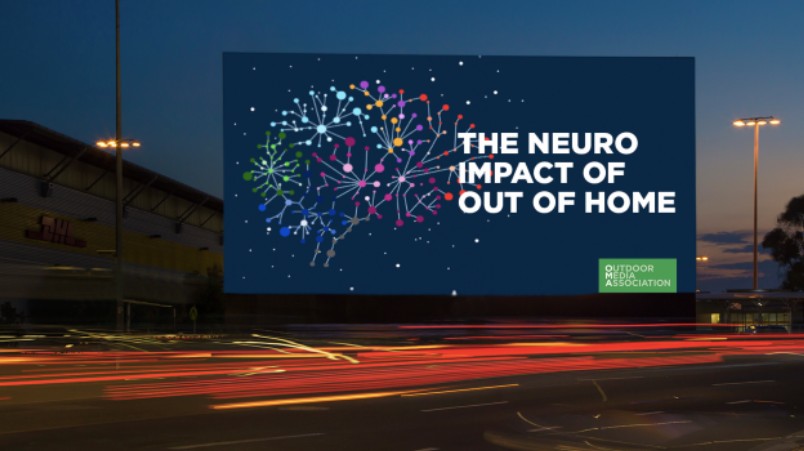Digital Out of Home is 63% more effective than radio, TV spots and traditional OOH: OMA neuro study

This is the "holy grail" of advertising, OMA CEO Charmaine Moldrich says. Demonstrating that campaigns work and leave a lasting impression which can influence future behaviour.
After two years studying 2,000 people’s neural responses to 800 different Out of Home signs, the Outdoor Media Association says it has the science to demonstrate how effective digital signs can be. They’re 63 per cent more effective than 30 seconds on radio and 15 seconds on TV, according to the study.
What you need to know:
- A two-year study into the neurological effects of advertising has shown digital Out of Home has a 63 per cent greater impact than classic Out of Home ads – which have the same impact as 30-second radio spots and 15-second TVCs, the OMA says.
- The study is a step towards more effective attribution of OOH advertising, and introduces the concept of the Neuro Impact Factor, a qualitative measurement of effectiveness.
- This is part of a “new currency” of Out of Home, OMA CEO Charmaine Moldrich says.
Digital Out of Home signs have 63 per cent more impact on viewers than classic signs, 30-second radio spot and 15-second TV commercials, a world-first neuroscience study by the Outdoor Media Association has found.
Over the past two years, the OMA and Melbourne-based research company Neuro-Insight conducted the biggest media neuroscience study of its kind, involving more than 2,000 people whose responses to 800 classic and digital OOH screens were recorded and analysed.
“This research is a game-changer for Out of Home. Not only have we provided undeniable, scientific proof of the subconscious impact of advertising, but we have also shown that just one glance at one of our signs is sufficient for brand messages to elicit an emotional response that encodes into long term memory,” OMA CEO Charmaine Moldrich said.
The study measured the peaks of emotional intensity and long-term memory encoding in the brain to create the “Neuro Impact Factor”, which they claim is a measurable, qualitative value that can be used to develop OOH campaigns.
“This is another step toward attribution and understanding the value of Out of Home,” Moldrich said.
“These results will inform the development of a new currency that advertisers and agencies can use alongside reach and frequency reports… The [Neuro Impact] Factor will be exclusive to MOVE, and the first qualitative metric in the world to unite validated, real-world effectiveness with the quantitative metrics available in the system.”
The Neuro Impact Factor will be available in MOVE from the end of January 2022, and MOVE 2.0, the new industry measurement standard for OOH, will be rolled out the following year.
